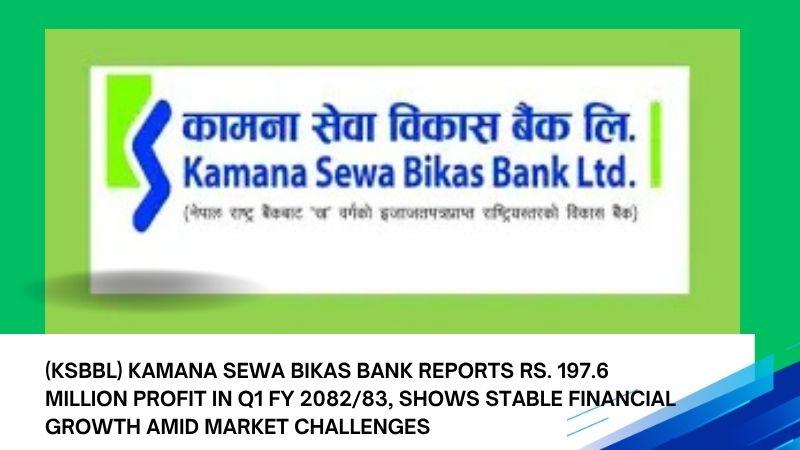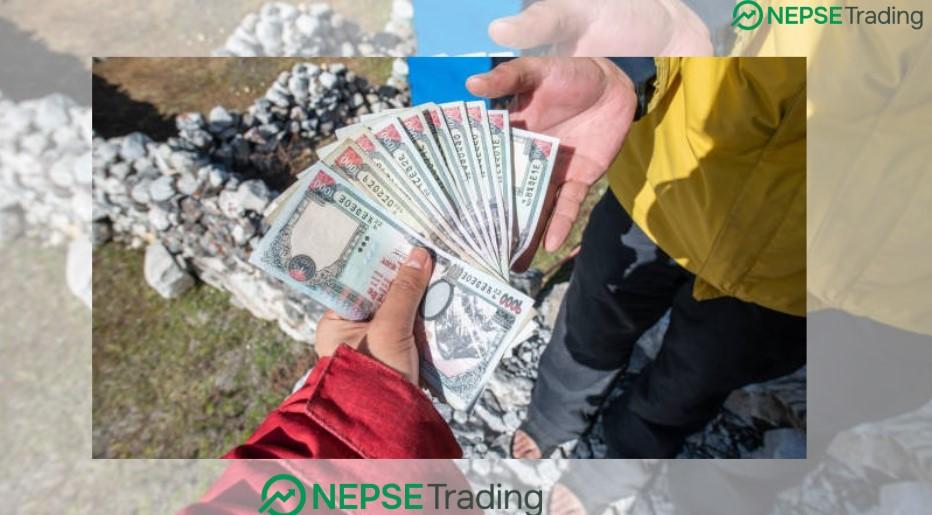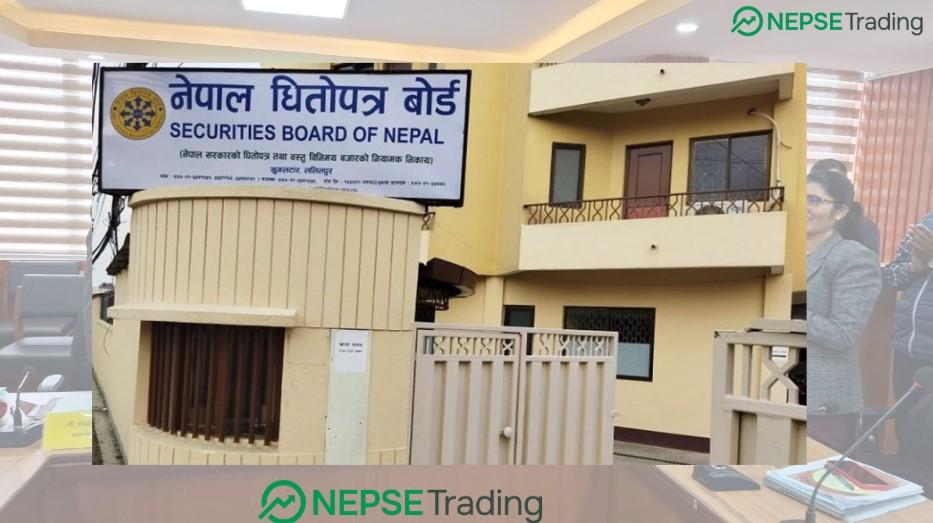By Dipesh Ghimire
Nepal's Sustainable Development Goals Journey: Achievements, Setbacks, and The Urgent Path Forward

Nepal, like much of the developing world, stands at a crucial juncture in its effort to achieve the United Nations' Sustainable Development Goals (SDGs) by 2030. After a decade of work, the country's progress toward these ambitious targets remains only at 41%, with five years left to meet the global agenda designed to transform societies economically, socially, and environmentally.
A Brief Background of Sustainable Development
The concept of sustainable development evolved during the 1970s in response to growing concerns over environmental degradation, economic inequality, and social instability. British economist Barbara Ward first used the term "sustainable development" in her work, emphasizing the need for growth that does not compromise future generations.
Key international milestones included:
1972 Stockholm Conference on the Human Environment,
1987 Brundtland Commission's Report (“Our Common Future”) that defined sustainable development,
1992 Rio Earth Summit that introduced "Agenda 21" and global cooperation on environment and development,
1997 Kyoto Protocol, and
The eventual launch of the Millennium Development Goals (MDGs) in 2000.
Building on the MDGs, the world embraced 17 SDGs with 169 targets in 2015, operational from January 2016, aiming for completion by December 2030.
Nepal’s Adoption and Localization of SDGs
Nepal incorporated sustainable development ideas even before the formal adoption of SDGs:
Sixth Plan introduced environment protection policies.
Seventh Plan emphasized Environmental Impact Assessments.
Eighth Plan brought sustainable development strategies.
From the Ninth Plan onwards, land use and resource conservation became integral.
After 2015, Nepal made the SDGs a core component of national development plans:
14th Plan (2016–2019) internalized SDGs officially.
Policies, budgets, and medium-term expenditure frameworks began aligning with SDG priorities.
Indicators were established: from an initial 479 indicators to a revised 301 indicators today.
Nepal has presented three Voluntary National Reviews (VNRs) to the UN in 2017, 2020, and 2024.
Moreover, localization efforts have been initiated to embed SDG priorities across provincial and municipal levels.
Current Status: Progress and Shortfalls
41% of the targets have been achieved relative to the 2030 vision.
Globally, the SDG progress is only 17%.
Nepal has demonstrated positive gains in areas like access to electricity, community forest management, inclusive education, and social development.
However, serious bottlenecks persist:
Poverty reduction is slower than expected.
Urbanization remains largely unplanned.
Trade deficit, public debt, and fiscal deficits are increasing.
Private sector investment remains low.
Climate vulnerability and natural disasters are growing threats.
Notably, even after 10 years of implementation, 20% of the progress measurement lacked reliable data, highlighting systemic weaknesses in monitoring and evaluation.
Financial Gap: The Biggest Obstacle
The government's projections show Nepal faces a financing gap of NPR 5,285 billion by 2030 — approximately NPR 755 billion annually.
Without new financial strategies, external aid, green bonds, diaspora investments, and global climate funding, Nepal cannot bridge this gap.
The country must therefore:
Expand domestic revenue sources (broaden the tax base),
Increase foreign direct investment (FDI),
Tap alternative financing models like public-private partnerships, challenge funds, and blended finance mechanisms.
Challenges in SDG Implementation
Several serious challenges are repeatedly blocking faster SDG progress:
1. Resource Mobilization
Nepal’s own financial resources are inadequate to meet SDG targets. Heavy reliance on foreign aid and remittance flows creates volatility and dependency risks.
2. Weak Localization
Embedding SDGs effectively at the provincial and local level remains patchy. Many local governments lack technical capacity and financial muscle to drive change independently.
3. Poor Coordination
Different layers of government — federal, provincial, local — often lack efficient communication and policy alignment.
4. Data Deficiency
Absence of disaggregated, updated data for many targets severely undermines real-time progress tracking.
5. Weak Monitoring and Accountability
Even though Nepal has built SDG Monitoring Frameworks, practical enforcement and corrective actions remain very limited.
6. Climate Change Threats
Increasing floods, landslides, droughts, and glacial melts are making development gains more vulnerable.
Strategic Priorities Moving Forward
Given the sobering reality, Nepal must immediately pivot to more aggressive, innovative, and coordinated strategies:
Accelerate investment in poverty alleviation, health, education, energy, and infrastructure.
Prioritize localized implementation with customized provincial and municipal SDG plans.
Strengthen public-private partnerships (PPPs).
Expand and improve data systems with credible, timely, disaggregated datasets.
Enhance governance, ensure transparency, and enforce accountability at all levels.
Tap global financial sources like the Green Climate Fund, adaptation funds, diaspora bonds, and bilateral/multilateral development banks.
Drive economic transformation by expanding industries, modernizing agriculture, boosting tourism, and promoting technology.
The Role of Multi-stakeholders
SDG achievement is not the government's job alone.
Private businesses, cooperatives, NGOs, local communities, and international partners must actively participate.
This calls for a whole-of-society approach, focusing on collaboration, innovation, financing, and advocacy.
Nepal's vision of a prosperous, just, and sustainable society hangs in delicate balance.
With five years left, the pressure to mobilize resources, streamline governance, and deliver impactful projects is at an all-time high.
The cost of inaction could be another lost decade, but the reward of collective success is a resilient, thriving Nepal for future generations.









